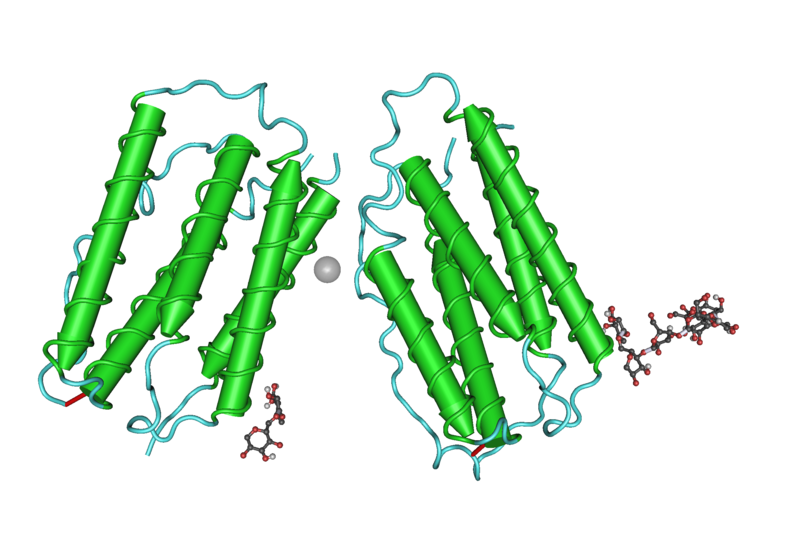Interferon type I

Editor-In-Chief: C. Michael Gibson, M.S., M.D. [1]
Overview
Human type I interferons comprise a vast and growing group of IFN proteins.
All type I IFNs bind to a specific cell surface receptor complex known as the IFN-α receptor (IFNAR) that consists of IFNAR1 and IFNAR2 chains.
Homologous molecules to type I IFNs are found in many species, including most mammals, and some have been identified in birds, reptiles, amphibians and fish species.[1]
Types
The types are designated IFN-α (alpha), IFN-β (beta), IFN-κ (kappa), IFN-δ (delta), IFN-ε (epsilon), IFN-τ (tau), IFN-ω (omega) and IFN-ζ (zeta, also known as limitin)[2].[3]
IFN-α
The IFN-α proteins come in 13 subtypes that are called IFNA1, IFNA2, IFNA4, IFNA5, IFNA6, IFNA7, IFNA8, IFNA10, IFNA13, IFNA14, IFNA16, IFNA17, IFNA21. These genes for these IFN-α molecules are found together in a cluster on chromosome 9.
IFN-β
Two types of IFN-β have been described, IFN-β1 (IFNB1) and IFN-β3 (IFNB3)[4] (a gene designated IFN-β2 is actually IL-6).
IFN-ε, –κ, -τ, and –ζ
IFN-ε, –κ, -τ, and –ζ appear, at this time, to come in a single isoform in humans, IFNK.
IFN-ω
IFN-ω, although having only one functional form described to date (IFNW1), has several pseudogenes: IFNWP2, IFNWP4, IFNWP5, IFNWP9, IFNWP15, IFNWP18, and IFNWP19.
Sources and functions
IFN-α and IFN-β are secreted by many cell types including lymphocytes (NK cells, B-cells and T-cells), macrophages, fibroblasts, endothelial cells, osteoblasts and others. They stimulate both macrophages and NK cells to elicit an anti-viral response, and are also active against tumors.
IFN-ω is released by leukocytes at the site of viral infection or tumors.
IFN-α acts as a pyrogenic factor by altering the activity of thermosensitive neurons in the hypothalamus thus causing fever. It does this by binding to opioid receptors and eliciting the release of prostaglandin-E2 (PGE2).
A similar mechanism is used by IFN-α to reduce pain; IFN-α interacts with the μ-opioid receptor to act as an analgesic.[5]
References
- ↑ Schultz et al., The interferon system of non-mammalian vertebrates. Developmental and Comparative Immunology, Volume 28, pages 499-508.
- ↑ Oritani and Tomiyama, Interferon-ζ/limitin: Novel type I Interferon that displays a narrow range of biological activity. International journal of hematology, 2004, Volume 80, pages 325-331 .
- ↑ Hardy et al., Characterization of the type I interferon locus and identification of novel genes. Genomics, 2004, Volume 84 pages 331-345.
- ↑ Todd and Naylor, New chromosomal mapping assignments for argininosuccinate synthetase pseudogene 1, interferon-beta 3 gene, and the diazepam binding inhibitor gene. Somat. Cell. Mol. Genet. 1992 Volume 18, pages 381-5.
- ↑ Wang et al., Fever of recombinant human interferon-alpha is mediated by opioid domain interaction with opioid receptor inducing prostaglandin E2. J Neuroimmunol. 2004 Nov;156(1-2):107-12.
External links
- Interferon+Type+I at the US National Library of Medicine Medical Subject Headings (MeSH)